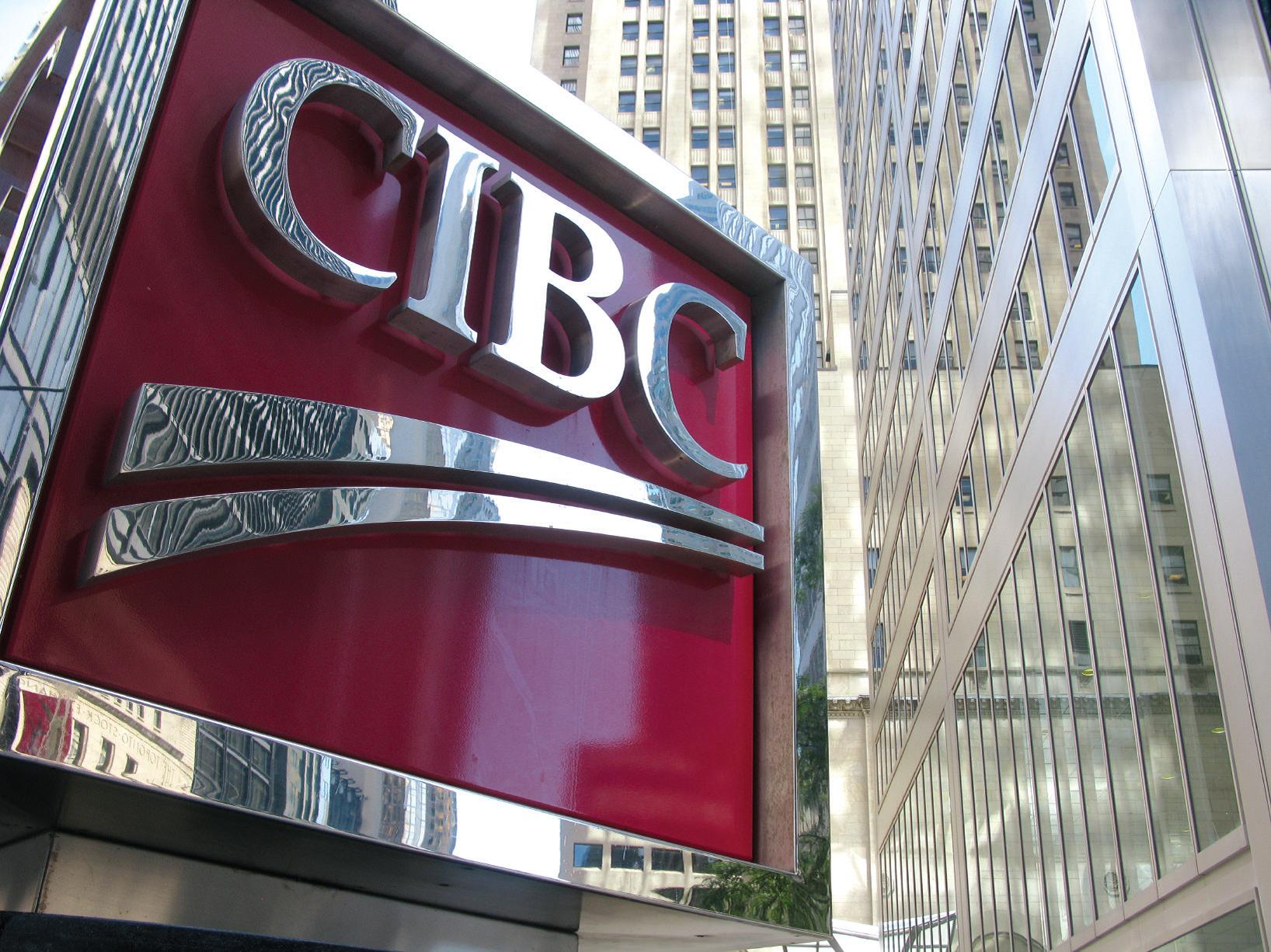
CIBC reported an EPS of $1.49, surpassing the estimated $1.34, marking a consistent trend of outperforming consensus EPS estimates.
The bank achieved a revenue of approximately $5.09 billion, exceeding the estimated $5.03 billion, demonstrating strong revenue growth.
Despite positive results, CIBC faces challenges with an increase in the provision for credit losses to $605 million, indicating potential future earnings impact.
The Canadian Imperial Bank of Commerce (NYSE:CM), commonly known as CIBC, is a major financial institution in Canada. It offers a wide range of financial services, including personal and business banking, wealth management, and capital markets. CIBC competes with other large Canadian banks like Royal Bank of Canada and Toronto-Dominion Bank.
On May 29, 2025, CIBC reported earnings per share (EPS) of $1.49, surpassing the estimated $1.34. This marks a consistent trend for CIBC, as it has outperformed consensus EPS estimates over the past four quarters. In the previous quarter, the bank reported earnings of $1.55 per share, exceeding expectations by 12.32%.
CIBC also achieved a revenue of approximately $5.09 billion, exceeding the estimated $5.03 billion. Although the bank missed the Zacks Consensus Estimate for revenue in the quarter ending April 2025, it has exceeded consensus revenue estimates three times in the last four quarters. This demonstrates CIBC’s ability to generate strong revenue growth.
Despite these positive results, CIBC faces challenges. The provision for credit losses increased to $605 million, a rise of $91 million compared to the same quarter last year. This increase is due to a negative shift in the bank’s economic outlook impacting performing loans. Analysts at Jefferies noted that CIBC’s less conservative approach in reserving against performing loans benefited its immediate bottom line but could affect future earnings.
CIBC’s financial metrics provide insight into its market valuation. The bank has a price-to-earnings (P/E) ratio of approximately 11.68, indicating the market’s valuation of its earnings. Its price-to-sales ratio stands at about 3.32, reflecting the company’s market value relative to its revenue. Additionally, the debt-to-equity ratio is approximately 3.55, indicating the company’s financial leverage.

